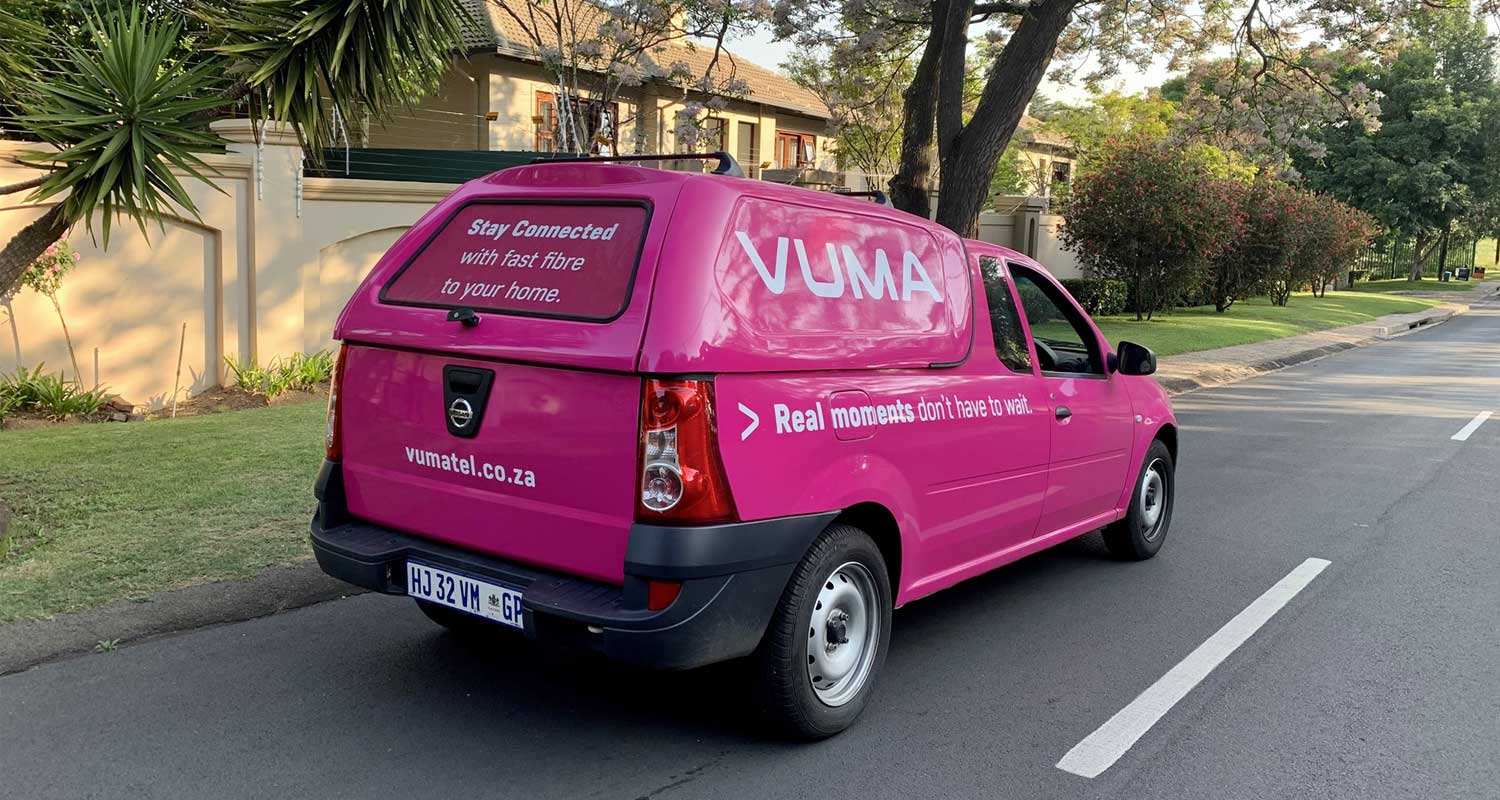In many democracies, the leader of a political party defines that party and is key to whether it grows or shrinks. Our situation is no different — look at how many in the ANC are blaming former president Jacob Zuma for its decline.
This is also the case with the DA. There have been three phases of the party since 2000, defined to an extent by its leaders.
There was the “fight back” phase under Tony Leon, establishing the party and ensuring that the majority of former New National Party voters would remain with the DA even after the leadership changed its mind and undid the alliance.
The Helen Zille phase saw the party consolidating its support and growing in new communities for the first time. This accelerated under Mmusi Maimane until the party lost support in the 2019 election.
While it is still too early to ascribe a theme to Steenhuisen’s leadership, this current era of the DA will probably be defined by the coalition and how it behaves within it. Whether the DA uses its role within the coalition to grow its support will determine whether Steenhuisen is seen as a successful leader.
This task has been complicated by the fact that he is a Cabinet minister.
Considering that the DA appeared to have gamed out most of the possible scenarios more effectively than the ANC before the elections, this was clearly a strategic decision.
While there are benefits to keeping the leader of a party outside the Cabinet, having them in Cabinet allows them to be privy to the real goings-on in government decision-making.
It also allows that person to react to events and discussions immediately, without having to manage certain processes through other party members. All of this leads to greater effectiveness, thus making it natural that the leader of a party is in the Cabinet.
Steenhuisen’s appointment as minister at the Department of Agriculture is interesting, in that he has not shown much public interest in farming or food production. And there were other, more high-profile jobs on offer (Home Affairs, for instance).
If the DA sees the FF+ as its main competition, then the thinking may have been that this would allow Steenhuisen to ensure the FF+ did not get the portfolio and to use it to grow its support among farmers.
Why else would he want to deal with a brewing trade war with Botswana?
Loss of identity
The risk is that Steenhuisen’s identity becomes subsumed by that of the coalition and his party loses its distinct identity.
This may explain why the DA Federal Council chair, Helen Zille, has been more vocal lately.
While this can lead to claims that Zille is being destructive, or damaging to the coalition, it could be a deliberate strategy.
If the DA fears losing its distinct identity, then Zille’s role could be to keep that identity alive — hence, Steenhuisen’s relative silence on the issue.
Strategic silence is something at which some in the DA have become proficient. Western Cape Premier Alan Winde and Cape Town Mayor Geordin Hill-Lewis hardly ever talk about racial issues unless they relate directly to governance questions within their jobs.
Steenhuisen could be following a similar path here (he could, of course, just be spending some time getting to grips with being in the Cabinet and his new portfolio).
That said, Steenhuisen is likely to become the focal point of any contestation between the DA being an opposition party and the DA being in government. This seems unavoidable, no matter what he does.
This will require very careful, mature political management. Perhaps the most important aspect will be knowing when to speak and when to remain silent.
While strategic silence can work at certain moments, there will be times when he has to speak.
For example, if the ANC decides to press ahead with the National Health Insurance, then that would be a red line for Steenhuisen and DA voters. He would have to act. Whether he acts in a binary way (through a court case) or in a more careful way (through negotiation), he would have to act — and be seen to be acting.
Two important relationships
There are two personal relationships that Steenhuisen will have to manage very carefully.
The first is with Zille. She described herself, probably correctly, as the “Fikile Mbalula” of her party, the equivalent of the ANC’s secretary-general.
History has shown many times how important the relationship between the secretary-general of the ANC and the leader of the ANC is. (Jacob Zuma probably lost at Nasrec when he and Gwede Mantashe disagreed over Nhlanhla Nene; Thabo Mbeki probably lost at Polokwane when Kgalema Motlanthe backed Zuma; Ace Magashule was never going to last because he did not support Cyril Ramaphosa).
The same may well be true here.
The second relationship is with Ramaphosa.
Here, one of the problems is that Steenhuisen has to appear not too weak when compared with the older politician with more political power, and not too strong or assertive when compared with the person against whom he has campaigned.
Any image of him appearing to instruct or rebuke Ramaphosa will be used by the DA’s opponents in the ANC to weaken the coalition. Any correspondence in which he disagrees with Ramaphosa is likely to be leaked (as were several letters between the ANC and the DA during the coalition negotiations). Even supposedly private discussions on cellphones might well be bugged by our intelligence agencies or by others.
Tough moments lie ahead.
First, Steenhuisen, the DA and all the other parties in the coalition will have to make a decision soon about what to do during the local government elections.
The ANC’s National Executive Committee meeting last week resolved to focus on these polls, due in just 18 months. This suggests that any hopes that the coalition parties would campaign together rather than compete against one another have been dashed.
Second, the ANC is due to elect a new leader in December 2027. Steenhuisen may have to ensure that he is not seen to support or oppose any possible candidate, knowing that the outcome of the ANC’s leadership contest (if there is one) could well be the end of the coalition.
Steenhuisen has displayed a love for politics, for the game of tactics and strategy. The most testing time of his career, the era that will define him and his party, is about to begin. DM
![]()



 1 month ago
104
1 month ago
104















